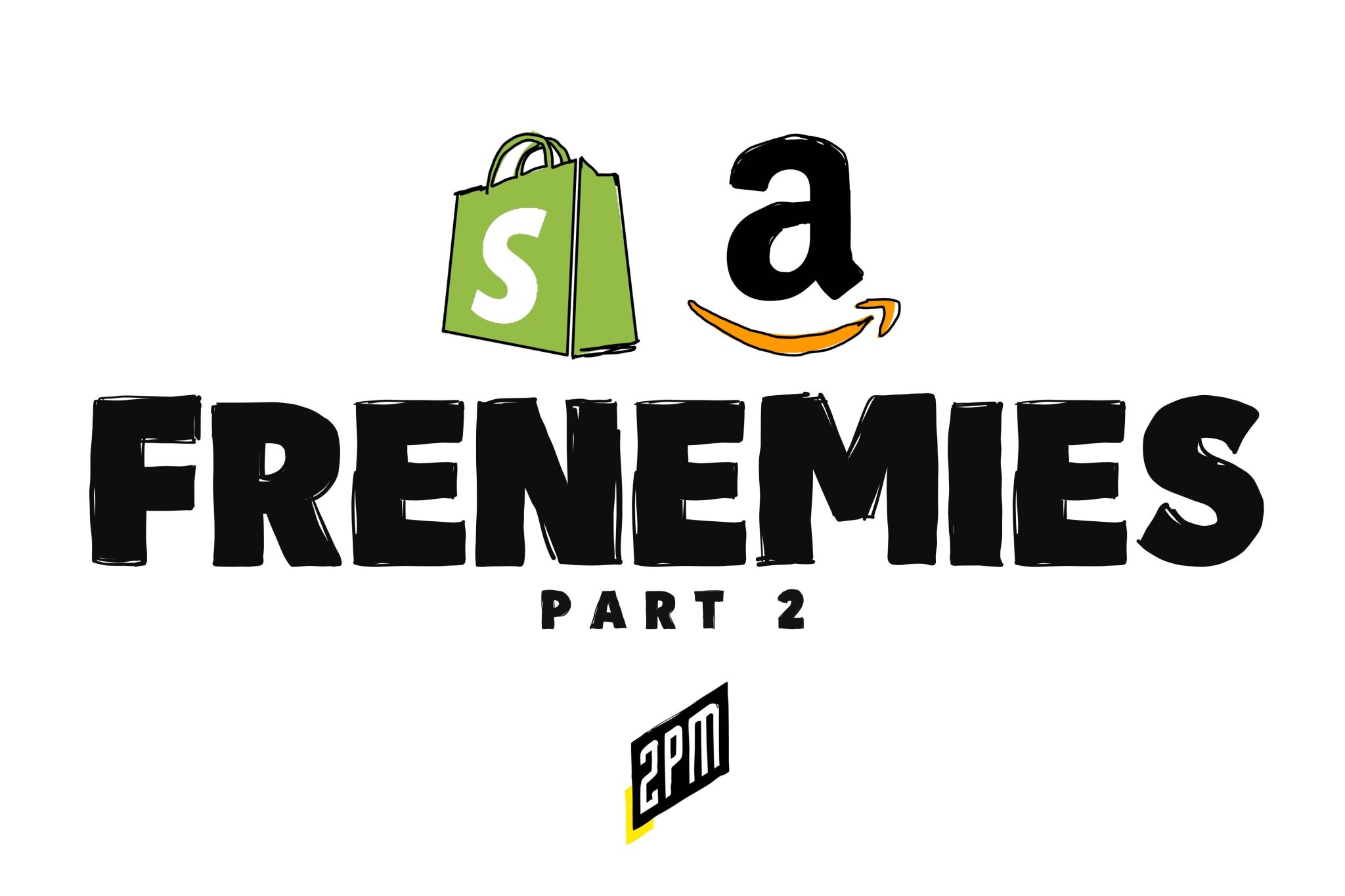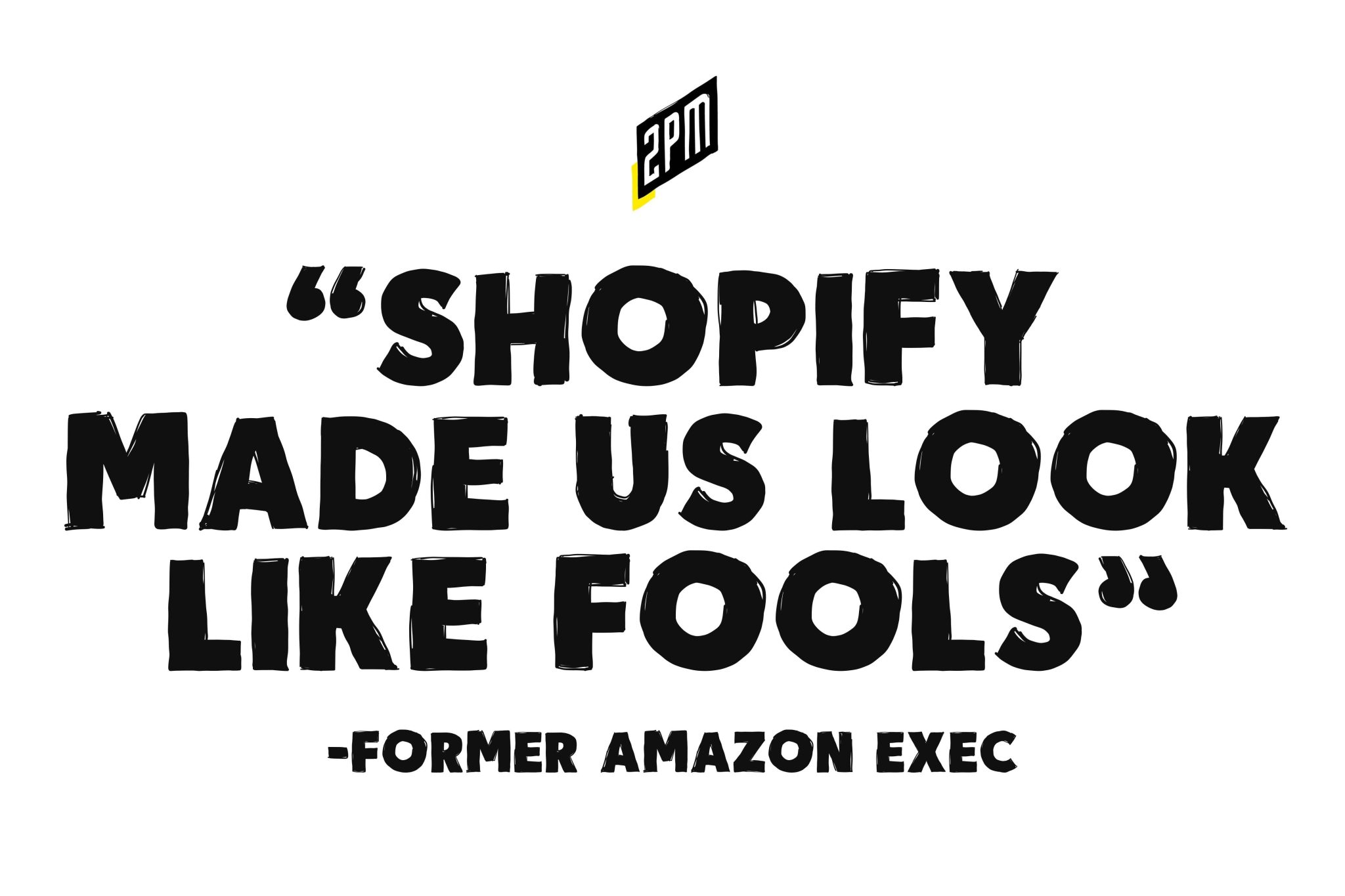
In a new feature detailing the trajectory of Shopify, Bloomberg unpacked CEO Tobi Lütke’s distinct management style, the company’s history, and its pointed differences from Amazon. While Amazon’s obsession with its customer and “everything store” tag define it, Shopify is merchant-obsessed and now striving to be the “everywhere store”, underscored by its early-pandemic move to completely virtual work. After years spent building the backbones of small businesses’ online stores, Shopify went public in 2015 and has catapulted to greater heights since the pandemic’s onset as traditional retailers moved online.
Its trajectory is one that Amazon missed out on. A 2015 headline in Recode stated: “Amazon Will Shut Down Amazon Webstore, Its Competitor to Shopify and Bigcommerce.” The report by Jason Del Rey added:
The eCommerce software business focused on small and midsize businesses has become more competitive in recent years as young companies such as Shopify and Bigcommerce have raised gobs of venture capital to expand their tool sets and attract more customers.
Six years later, we’ve learned via Bloomberg that Amazon sold its merchant platform (Webstore) to Shopify for $1 million. In exchange for the more than 80,000 merchants who switched their business to Shopify, Amazon Pay was enabled on the Shopify platform. From Bloomberg:
Bezos and his colleagues believed that supporting small retailers and their online shops was never going to be a large, profitable business. They were wrong – small online retailers generated about $153 billion in sales in 2020, according to AMI Partners. “Shopify made us look like fools,” says [a] former Amazon executive.
Shopify’s success is not due to Amazon’s Webstore misstep, but it afforded the company an advantage in capitalizing on a piece of eCommerce that Amazon underestimated. Amazon didn’t take direct-to-consumer sales seriously enough to work that into its long-term business plan, and it went so far as to set up a competitor for success in that area of retail. It was focused elsewhere, including on its private-label brands. Amazon communicated to many that entrepreneurs aren’t its bread and butter, rather the end customer is.
By focusing on product retail, Amazon left the field open for Shopify to excel in the art of brand development, something that Amazon has notoriously minimized as it built its own retail empire with the Amazon brand at the forefront. With Shopify putting its merchant brands first, its scope expanded beyond small merchants by earning the trust of leading retailers as well. The validation from Amazon, granted when it turned over its Webstore merchants, also helped.

Now, Shopify is stretching its legs to emerge from behind the scenes, tapping creators and big names to appeal to young customers and brands on the rise. Last fall, it hired former Yeezy GM Jon Wexler to lead its creator and influencer program, a move that has already led to deals like BIGFACE Coffee, created by NBA star Jimmy Butler. In No. 759, we wrote on the Wexler era and Shopify’s foray into persona-led brands:
BIGFACE Coffee is the experiment’s first major output of Shopify’s creator program. It’s a project that combines demand, earned media, and a pulse with the technical prowess and support of Shopify Inc. It uses what Shopify has been known for (physical products) and pairs it with built-in demand (creators) and tests newer forms of commerce and technology (Web3 products / new front end design concepts / etc). Yes, BIGFACE packages a selection of its products with NFTs.
With earned media and more flair, Shopify intends to work on its own brand next. The road ahead will not be easy, however. Shopify is still behind in the critical are of fulfillment management and third-party logistics. While it began investing in fulfillment in 2019, the “last mile” is largely left to merchants whereas Amazon has shouldered one of the heaviest burdens for its sellers.
In this way, Amazon has taken steps to regain its edge on Shopify. Over the summer, it inked a partnership with BigCommerce to provide fulfillment for its merchants, a move that gives a direct Shopify competitor an edge on the leading SaaS provider by extending the power of Amazon’s biggest advantage, full-stack fulfillment. The possibility of it creating a Shopify-killer isn’t ruled out. “Amazon is a worthy rival,” Lütke told Bloomberg. But if the numerous developments covered above are any indication, Shopify’s rival may become a fulfillment partner. In Amazon’s Moat, we explain:
Through years of investments, Amazon has created its own cargo shipping fleet and is leasing planes, along with the opening of an Air Hub in Cincinnati, to avoid out-of-stock problems that have begun plaguing other retailers at this stage in the holiday shopping season. Amazon has stretched its business in myriad ways, but its advantages are no longer just product and digital-driven. On October 5, a container ship ported in Houston, Texas with a ship filled entirely by Amazon.
Shopify’s product pipeline does not include a fleet of shipping vehicles or investments into a midwest air hub, or transnational shipping strategy that consolidates shipments for its vendors. Amazon has passed FedEx in shipping volume and is poised to capture UPS and USPS’s market share as well. Additionally, Amazon will spend $52 billion on warehousing and shipping. Amazon is now in command of nearly 175 million square feet of warehousing with the ability to process, pack, and deliver over 50% of the goods that it sells. [1]
Amazon is approaching a truly vertically integrated logistics network on par with the largest delivery companies in the world. [2]
While Shopify has the advantage now, Amazon’s network of fulfillment systems is quickly becoming essential. Shopify’s great rival, may eventually become its most necessary partner.
Edited by Hilary Milnes with art by Alex Remy and Christina Williams
Frenemies, Part I: Shopify vs. Meta
